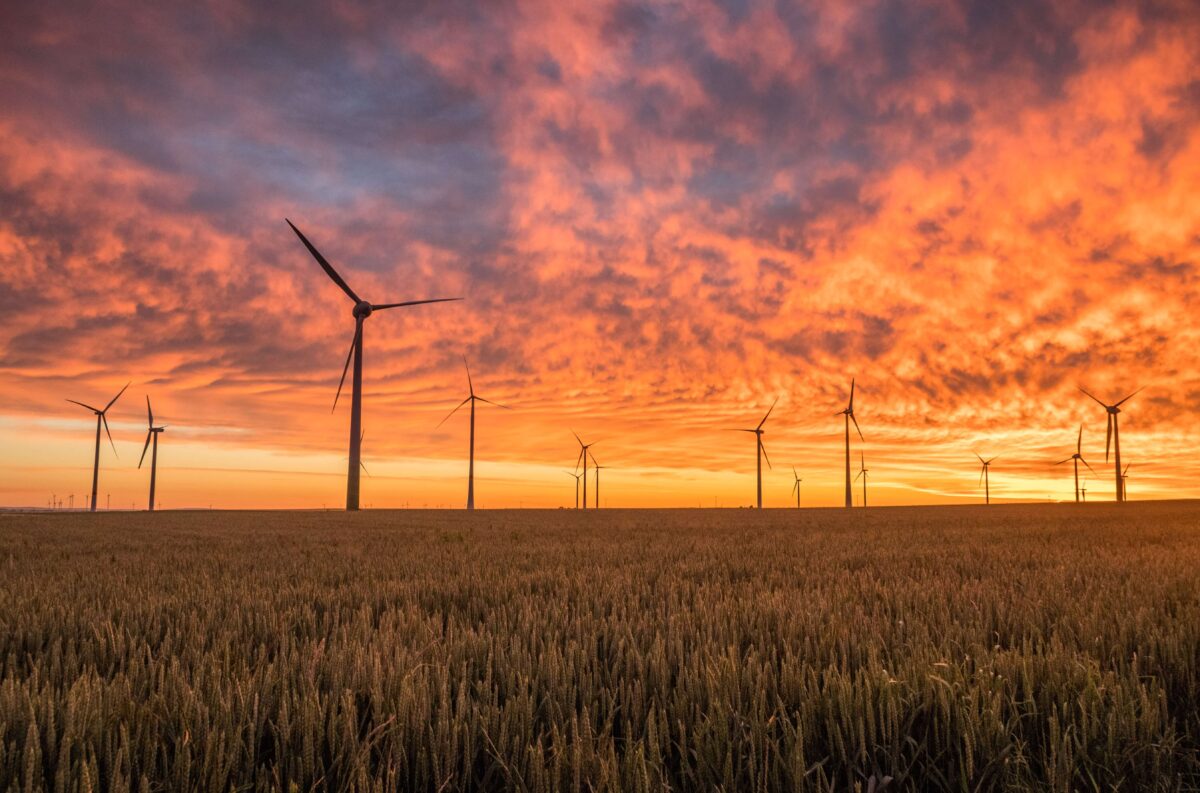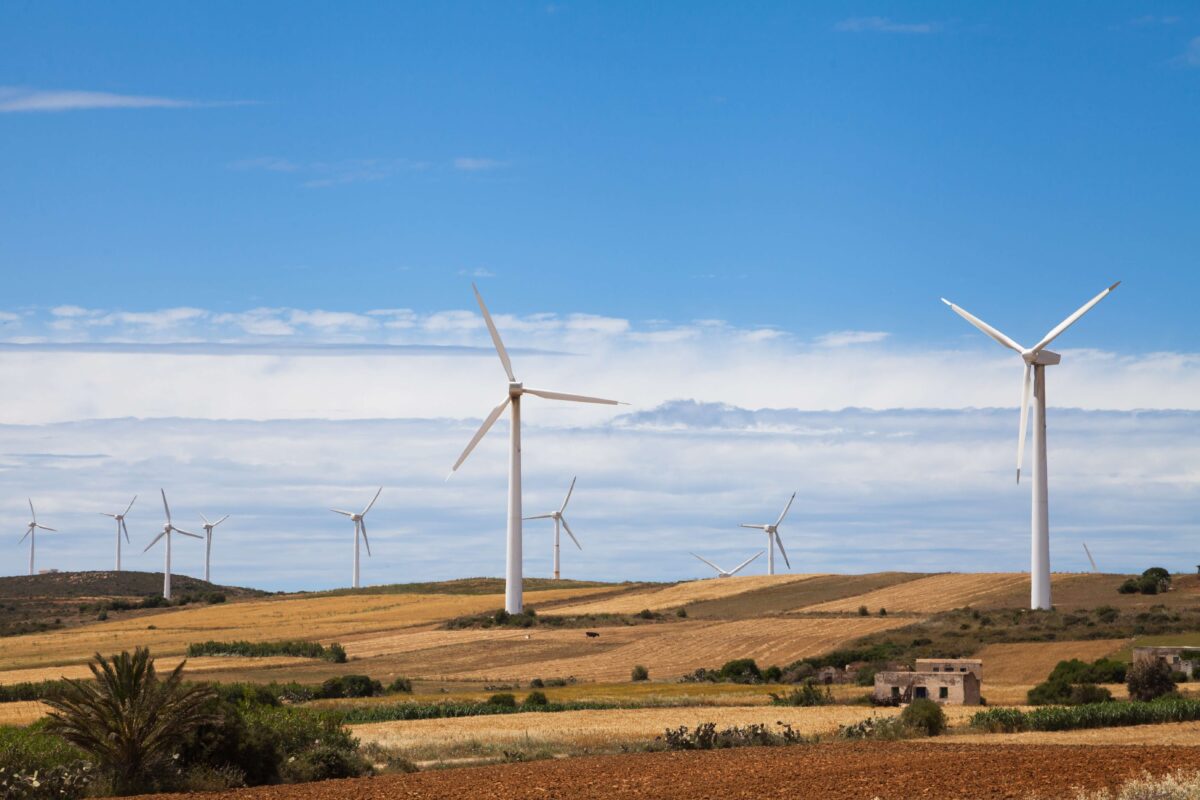Nearly half of UK’s energy in 2015 is generated from clean sources; Community solar gains momentum in the US
The “value” of clean-tech
In the US, community solar is gaining momentum. 89% of utilities either offer or are actively considering running these programs. In fact, this market shows huge promise to deliver solar growth, but a number of roadblocks exist to getting such programmes established. Taking a “value of solar” approach, as is being done by both the Minnesota Public Utilities Commission and Austin Energy in Texas, can help overcome these by incorporating factors such as avoided transmission investments, health and environmental impacts (e.g. due to reduced particulates), and reduced grid stress. However, once penetration increases to the degree it has in parts of the Europe, negative effects may be seen on the grid from solar installations.
And while solar penetration increases, and US utilities start to test technologies such a distributed energy resource management systems (DERMS) and microgrids, actual deployment remains low. A number of US utilities are keen to build microgrids, but are struggling to establish a sustainable business model in which they can recover the costs of their investment. Perhaps a “value” based approach could start to drive co-located storage or demand management assets.
Financing and facilitating clean energy
While utilities may be struggling to finance projects, the US Property Assessed Clean Energy (PACE) scheme provides a clean energy financing model that enables residential and commercial property owners to finance 100% of improvement technologies across over 60 different clean-tech and renewables categories. This has delivered over $2.3 billion of financing to date; last month HERO (the residential PACE provider) closed on $305 million in AA-rated green bonds, while Figtree Financing (commercial PACE pioneer) announced a merger committing up to $200 million to growing commercial building improvements across California.
Another key part to this story, particularly for underserved communities, is around facilitating implementation beyond financing. GRID Alternatives provides implantation support to solar and energy efficiency projects by targeting low-income families, and installing systems using a “barn raising” model to give volunteers and job trainees hands-on experience they can then take to the industry. Under his model GRID Alternatives has delivered 24 MW of clean power, provided $200 million in electricity cost savings, and trained 27,000 people in solar installation.
Developing contexts
Since 2011 South Africa has held 4 actions for renewable power providers, which has seen PV prices in the region drop to just $65/MWh. A fifth auction is scheduled for later this year, but Eskom (the state utility) recently announced it will not sign any more power purchase agreements in the auction programme unless they have greater engagement (currently they have no say over the price they are obliged to pay to winning projects), raising questions about the country’s energy future. However, further north on the continent, Nigeria has signed a $1.75bn deal to get over 1GW of solar onto the national power grid.
China has been seeing massive amounts of solar coming online; last week their National Energy Administration revealed that 22GW has been installed in 2016 so far, including 11.3GW in June alone, high even for China’s standards according to Bloomberg New Energy Finance’s (BNEF) Chinese solar market analyst.
And India is set to increase solar installs to 8GW a year, which will go someway to helping meet their 100GW 2022 target.
Storage
As more and more renewables come online, storage is increasingly being looked to for providing grid stability. In Arizona, Tuscon Electric Power are building on their existing solar project with E.ON to develop a 10 MW storage facility with a 2 MW solar array to provide grid scale frequency response and voltage control.
An analysis of the global battery energy storage system market predicts growth from 2015’s 1.5GW to 14GW in 2020, driven by both cost reductions of the technology, as well as grid services to support renewable; in fact the International Renewable Energy Agency (IRENA) anticipate the need for 475GW of energy storage to meet a 45% penetration of renewable energy by 2030.
And GTM research predict that, as costs continue to fall, the opportunities for commercial and industrial scale storage will rise as demand charges increase, with an expectation that storage will be economically viable in as many as 19 states by 2021. And of course, if market opportunities for storage open up enabling values to be stacked, this could happen more quickly and become more widespread.
Creating connections
In an attempt to support commercial and industrial customers identify potential clean-tech and renewable projects, Schneider Electric have introduced a New Energy Opportunities (NEO) Network. Designed to take a “trusted advisor” status, the network aims to fill a market void and support energy managers engage with solution providers, removing layers of complexity to “advance informed decision making and partnerships”, according to Steve Wilhite, senior vice president of Energy and Sustainability Services at Schneider Electric.
Crafting a renewable future
On July 15, the 18-month proceeding to determine the future of Hawaiian Electric Industries (HEI) was brought to a close as the Public Utilities Commission rejected Florida-based NextEra Energy’s acquisition of the company. The PUC’s decision reflects the State’s desire to explore the best business models (investor-owned utility, electric cooperative, municipal, or system operator) and opportunities to align consumer and utility interests, particularly in line with the profound energy policy changes they have undergone in recent months, including a mandate for 100% renewable energy by 2045 and a conversation about how the best standards and incentives should be developed for a system with high levels of distributed resources.
Vancouver also has plans to go 100% renewable, getting all its energy (not just electricity – which is already 98% carbon-free) from renewable sources by 2050. They are currently at 38% renewable due to the high levels of power from BC Hydro, corresponding to 4 tonnes CO2 annually per capita. To reach 100% they will be exploring district heating (they use a lot of natural gas right now), electric light vehicles (they aren’t sure about heavy vehicles yet), as well as addressing the broader mobility and lifestyle shifts that will be required as density or urban living increases.
This sort of whole system thinking can also be seen in Connecticut, where the city’s waste (95 tons of food waste daily) is used in an anaerobic digestion plant that produces both clean energy and fertiliser.
Renewable energy in the UK
Almost half of the UK’s energy in 2015 was generated by clean sources, with close to 25% coming from renewables. The development of Hinkley C was set to provide additional low-carbon energy into the future mix, but after getting the go ahead from EDF, the project is once again in doubt after the Government pulled back, saying they needed more time to think about the project, which would result in the generation of power that is £27.5 more expensive per MWh than that generated by gas power plants, and would cost UK taxpayers £30 billion over 35 years.
This project is a great (if perhaps slightly extreme) example of the complexities and slow timelines associated with large, grid-scale resource consent, and more immediate action in the energy space seems to be happening at the grid edge, where middle and grassroots actors are driving rapid change.
In the NHS, combined heat and power is being explored as an option, using CHPs powered by wood chip boilers to replace coal, reduce carbon emissions, and save the NHS £400 million a year by 2020 (not quite as much as promised by the Brexiteers, but nice, none-the-less).
Bristol City Council are also looking to leverage the benefits of clear energy through an installation of solar panels on its Ashton Gate stadium. The energy from the panels will be sold to Bristol Sport at a reduced rate for use on site, which will see the stadium save £7,500 annually and the council gain revenue for supplying the power.
Renewable energy is also top of mind in the City of London, where City Hall has just applied for a junior electric supply licence to start purchasing low carbon energy from local sources to see to business and the public sector. The scheme, intended to support London use more clean energy and create over £300 million of investment by 2021, will see energy energy purchased from a generator panel of five London boroughs, social housing provider Peabody and energy companies Scottish & Southern Energy and Vital Energy. While there has been some scepticism around SSE’s role, a spokesperson from the Mayor’s office assures that “this is an open and competitive process that is neither secret nor exclusive and SSE will only be awarded an electricity supply contract if their offer is competitive”.
Perhaps transactional transparency is one of the key values that Piclo, the trading platform managed by the Good Energy and Open Utility, provides for customers buying and selling energy. Following a successful trial that commenced on 1 October 2015 with partners including the National Trust, the Eden Project, BDP and a number of SMEs, Good Energy announced their intention to explore a wider roll out. Through this platform generators are able to sell their renewable energy direct to customers, tapping into core values that are emerging as consumers become more and more active in this space.
But as consumers become increasingly empowered through emerging technologies and opportunities like Piclo, it’s becoming increasingly important find ways to engage them and align their values with those of the grid; looking at the end-to-end operation of the electricity system from the consumer out. And finding the language and creating the space for these communications may be one of the biggest challenges the industry has to overcome to ensure a gentle transition to a low carbon future.




